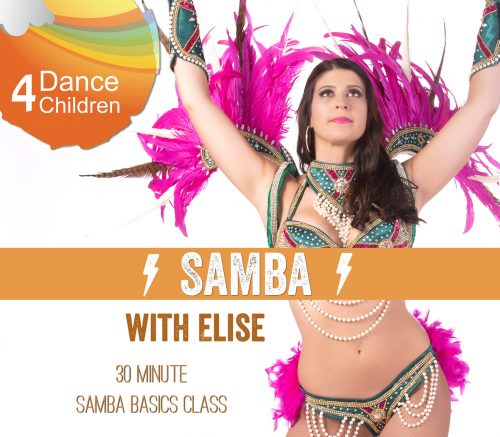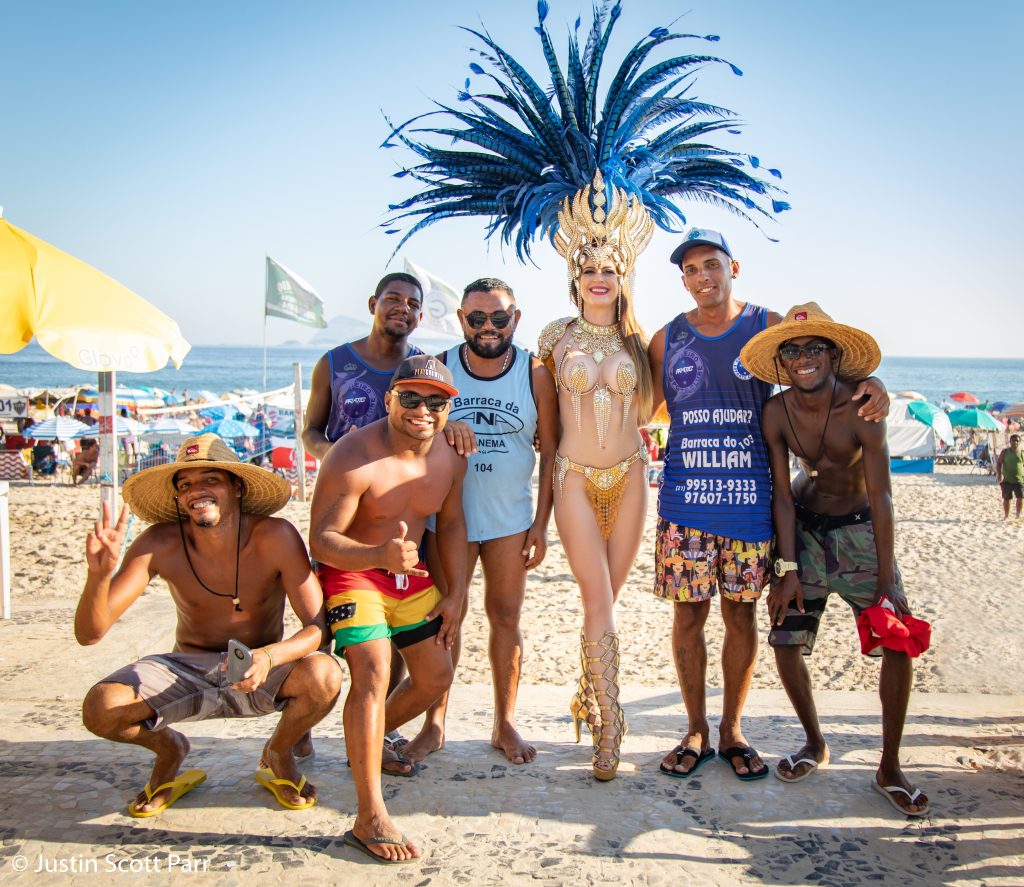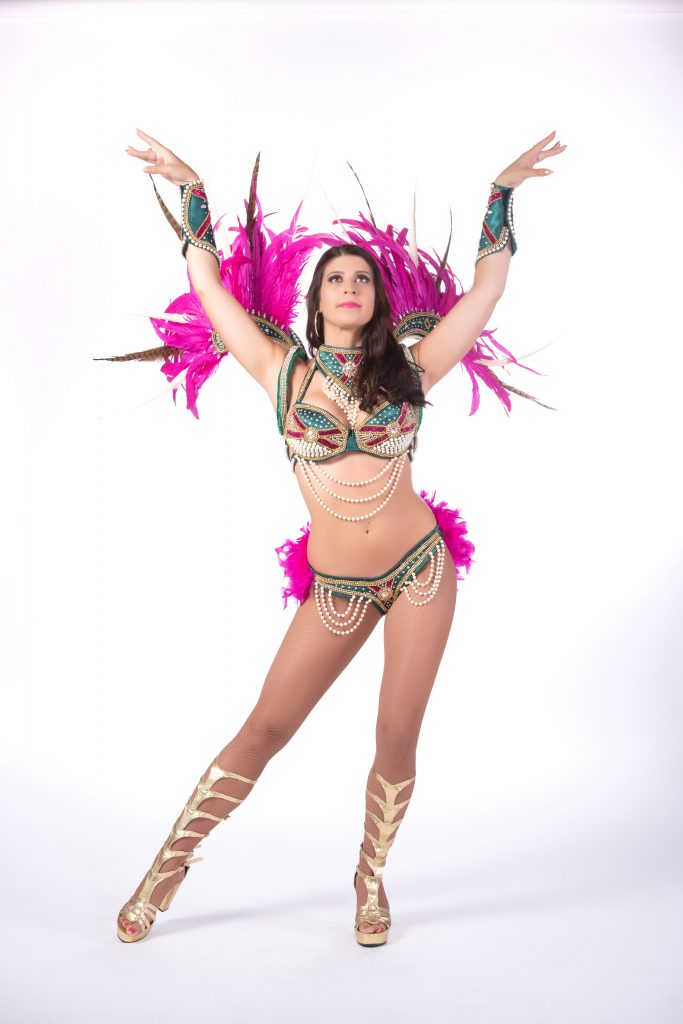Below you’ll find an interview with the gorgeous Elise of Belgium.
She’s an incredible artist and a knowledgeable and experienced Samba teacher. Elise owns one of the very first official brazilian dance schools in Belgium, and has officially been part of the Rio Carnaval Parade!
A dancer, instructor, costume designer and a beautiful soul to boot.
Elise has generously donated an Samba class for beginners to our Dance4Children online movement channel.
In it she shows you how to dance the basic Samba no pé steps with different arm variations, how to count the basic samba rhythm, tons of technique tips, and practicing to music.
Go check it out!
Please enjoy Elise’s interview below!
K: Please tell us a bit about your multi-faceted dance and movement background(s)
Elise: I started studying latin dances when I was 15 years old in a folkloric ballet where I learnt a lot of different latin styles from Perú, Brazil, Bolivia and Cuba.
I deeply fell in love with these incredibly generous cultures that know exactly what happiness truly means.
K: How did you first ‘find‘ your love for teaching? And for dance?
Elise: Only 2 years later, my first school decided to ask me to teach some latin fitness classes. While I was anxious as hell, I discovered that teaching fulfilled me with incredible energy and love for students and dance.
I can say that teaching has reinforced my love for dance.
K: How did your path to being a Samba dancer/teacher evolve?
Elise: I studied latin dances with a lot of devotion, going to the dance studio or training at home every single day.
Few years later, I decided to create my own dance company and I travelled the world to specialize in Samba. Indeed, no Samba classes were available in Belgium at that time.
K: Are there any misconceptions about what you do that you would like to dispel?
Elise: Samba is often seen as a “sexy” dance in Europe: beautiful and skinny girls in bikinis. But Samba is not only this.
Samba is an art form really important for Brazilian people. It represents their culture and ethnic mix. Samba is joy and happiness for those who live in favelas and struggle everyday to have food and a shelter.
K: How did you come to know Dance4Children and their work?
Elise: I first knew about Dance4Children because I was looking to do a professional photoshoot and one of the members of the D4C team told me about the association and their projects such as photoshooting for dancers.
When I knew all benefits were going to a good cause taking care of children, I immediately wanted to join.
K: Last but not least: Where can our readers find out more about you both and your upcoming projects?
Elise: You can follow my work on:
- Facebook: www.facebook.com/sambashine
- Instagram: www.instagram.com/samba_shine
- And on my website: www.sambabelgique.com
- My Samba class for Dance4Children: www.gum.co/sambaD4C




